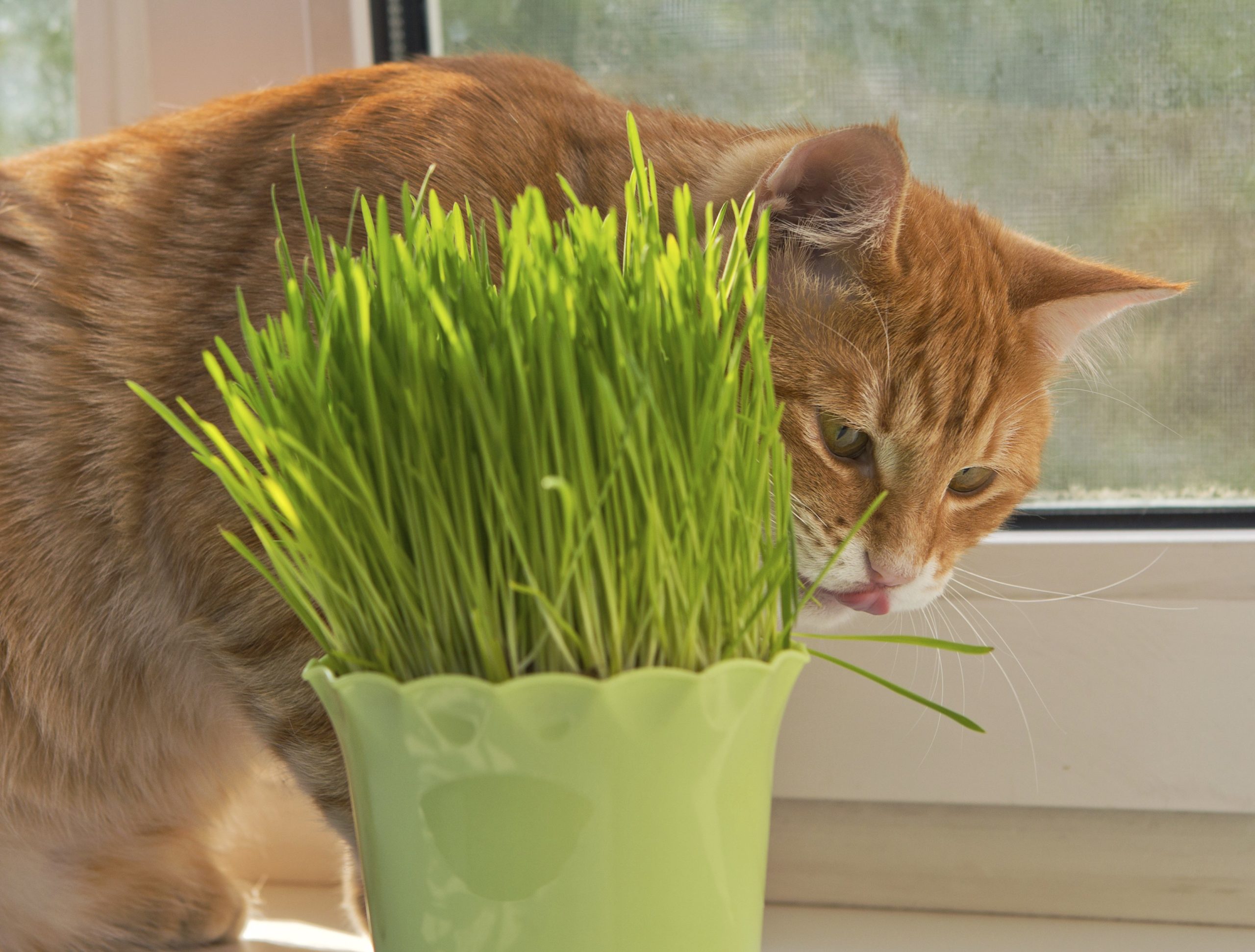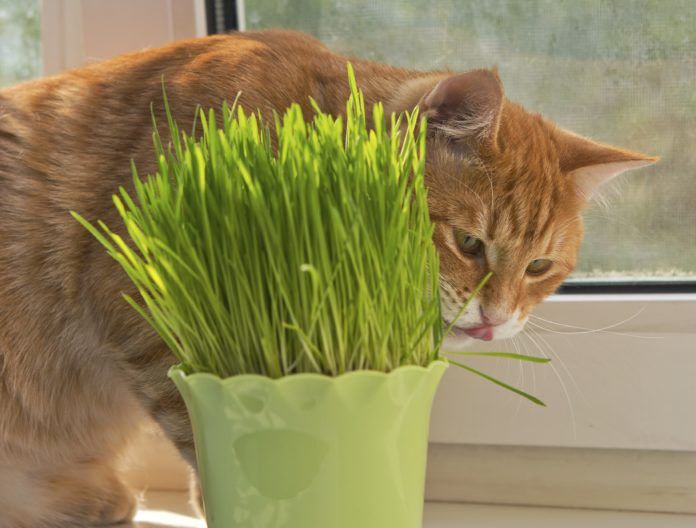Depending on what part of the country you live in, you may still be shoveling snow off the walk, or cuddling near the fireplace soon after the sun goes down. But spring is just around the corner, and now is a good time for you to start thinking about your warm weather goals while you still have some time to plan. For instance, maybe you’re thinking about how to enhance your outdoor environment for your pets, or thinking about growing some indoor greens that are cat-friendly.
In either case, compromise is key when it comes to pets and gardens. By offering a safe feline garden, you can often take away the temptation for your cat to dig and chew plants in your garden and even inside your home. Indoor cat gardens can provide plenty of stimulation for a bored, house-bound cat, plus they give cats something safe to snack on instead of some houseplants that can be dangerous to cats.
THINKSTOCK


Outdoors or indoors?
Planning a cat garden can seem daunting, especially if your cat lives strictly inside or if you live in a home with no yard. If you’re planning on creating an indoor garden, you will need to buy planters and fill with organic dirt (to avoid pesticides and dangerous fertilizer). If you’re going to design an outdoor garden, you should either use planters or choose an area that definitely has not been sprayed with pesticide or other contaminants. The size of the garden should be proportioned to the number of cats you have. For example, if you live with one or two cats, a planter or two of greens should suffice.
If you’re planning on creating an outdoor garden, make certain that you have a clear path to the indoors so your cat can come inside when she chooses. That way, she’s not at the mercy of the elements and can reach food and water as required.
Lastly, if you wish to grow cat-safe plants outside — such as catnip or catmint — and bring it in for a tasty treat, that’s a great idea, too. That way, your cat can enjoy the herbs without destroying them by digging in the garden.
Some helpful tips
Your cat garden can be just as elaborate or simple as you care to make it. You should have a water source where your cat can drink — either a bowl of fresh water or a fountain — and plenty of spots for sun and shade. If you can, consider putting up some freestanding posts for climbing and scratching to mimic trees. Your cat will be more likely to use the garden if it features a variety of things to keep her busy.
Container gardens are particularly appealing to those who live in apartments, or who may not want the fuss and bother of a full-on garden. Plus, you can bring your greenery indoors when it gets cold to maintain a cat garden year round.
A few cautions
Be aware that many of these plants — especially catnip and catmint — grow fast and can take over your garden in no time. Not all cats like all plants, so you may have to experiment. Also, an outdoor garden of cat-pleasing plants can attract the local strays, so be aware of that possibility!
Experts advise cat owners to select garden plants — and dirt — carefully. Many garden centers carry cocoa bean mulch, which is highly toxic to dogs and cats if ingested. Our advice: Skip the mulch and use plain dirt to be on the safe side. — Catnip staff




